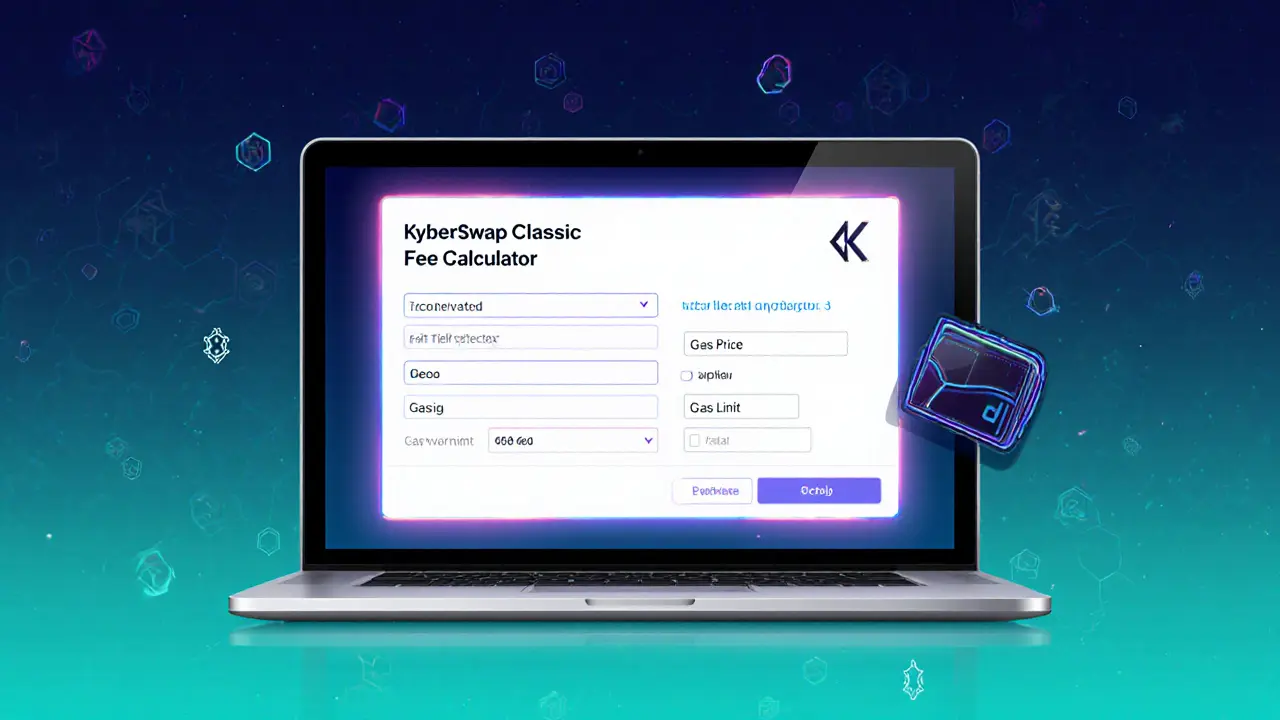Layer-2 Trading: Faster Swaps and Lower Fees
When working with layer-2 trading, the practice of executing crypto trades on secondary networks that sit atop a base blockchain. Also known as L2 trading, it lets traders avoid the congestion and high gas costs of main chains. Rollups, batching many transactions into a single proof that’s posted to the main chain are the most common L2 tech, while sidechains, independent chains that maintain a two-way bridge to the base layer offer alternative routes for moving assets. Together these solutions layer-2 trading enables cheaper, near‑instant swaps, which is why DeFi users are flocking to them.
Why Rollups and Sidechains Matter for Traders
Rollups encompass both Optimistic and ZK variants, each with its own trade‑off between speed and security. Optimistic rollups assume transactions are valid and only check them if challenged, keeping costs low; ZK rollups generate cryptographic proofs instantly, offering the highest security at a slightly higher fee. Sidechains require a bridge to lock assets on the main chain and mint equivalents on the L2, which creates an extra step but also opens up custom fee structures and faster finality. Both rollups and sidechains influence liquidity provision, because market makers can quote tighter spreads when they’re not fighting expensive gas fees. This relationship explains why many DeFi protocols now list separate L2 pools alongside their main‑net versions.
Liquidity requires fast settlement to keep arbitrage opportunities in check. On L2s, a trade can settle in seconds, so price feeds stay aligned and traders avoid slippage. Projects that add DeFi scaling, features like L2‑only AMMs, cross‑chain bridges, and fee subsidies see a surge in volume because users trust the speed. Moreover, the lower cost of moving funds encourages smaller investors to participate, broadening the user base and deepening market depth.
Regulators are also watching L2 activity, especially when rollup operators publish proofs that verify large batches of trades. This transparency supports compliance checks without exposing individual user data, a sweet spot for institutions that want speed without sacrificing auditability. Meanwhile, sidechains often run their own governance, allowing rapid upgrades that can add new trading features or security patches without waiting for the base layer’s consensus.
If you’re new to L2 trading, start by picking a well‑audited rollup like Optimism or Arbitrum, or a popular sidechain such as Polygon. Connect your wallet, bridge a modest amount of ETH or USDC, and test a simple swap on the L2 DEX. Watch how the transaction confirmation time drops from minutes to seconds and how the fee slides from $20 to under $0.10. That observable difference is the core benefit that the articles below break down in detail, from licensing guides for exchanges building L2 support to deep dives on specific tokens that thrive on scaled networks.
Below you’ll find a curated collection of guides, reviews, and analyses that cover everything from the regulatory landscape for L2‑enabled exchanges to token‑specific strategies on rollup‑based DEXs. Whether you’re hunting for the best low‑fee swap routes, want to understand how airdrops work on sidechains, or need a compliance checklist for launching an L2 trading platform, the list has you covered.

KyberSwap Classic (Arbitrum) Review: Is the Layer‑2 DEX Worth Your Trade?
Aug 1, 2025, Posted by Ronan Caverly
In‑depth review of KyberSwap Classic on Arbitrum covering fees, features, security, and how it compares to other layer‑2 DEXs.
MORESEARCH HERE
Categories
TAGS
- decentralized exchange
- crypto exchange review
- cryptocurrency
- crypto coin
- CoinMarketCap airdrop
- smart contracts
- tokenomics
- cryptocurrency exchange safety
- crypto exchange
- cryptocurrency airdrop
- crypto airdrop
- cryptocurrency exchange
- crypto airdrop guide
- blockchain token distribution
- DeFi
- crypto exchange scam
- crypto airdrop 2025
- Ethereum
- cross-chain interoperability
- ERC-20
